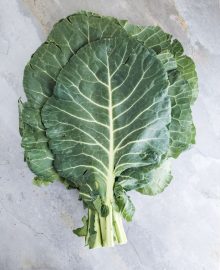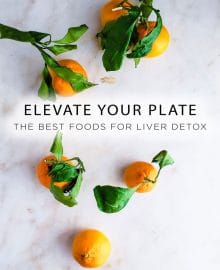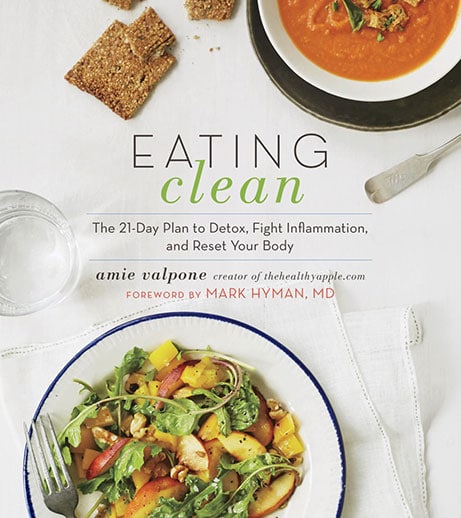While, browsing the isles of the food store recently, I’ve come across numerous products touting ‘Great Source of Fiber’, however, many food companies are attempting to fool consumers such as you and I about the fiber in their products.
Start by taking a look at your favorite products, I’m sure you’ll be surprised to see a whole slew of ingredients such as modified food starch and other additives. And what will you not see? Well, many of these products do Not list whole grains–therefore they’re serving up processed junk that has been stripped of its nutritional value and fiber content. Many of my clients face stomach discomfort and GI problems, including myself, when these additives are consumed.
When reading the ingredient list on a food package, be sure to recognize fiber impostors such as inulin, modified starch, maltodextrin and polydextrose and understand that if the packing is touting ‘Fiberific” and these ingredients are listed…it’s time to put the product back on the shelf and reach for a whole grain product with ‘real’ fiber.
These fake fibers that I listed above do not provide us with the health benefits that we get from real fiber in fruits, vegetables, legumes and whole grains. Be sure to watch out for fiber fortified products from brands such as Fiber One, Splenda, Post and General Mills cereals, crackers and desserts.
Be aware of the false advertising on packages of yogurts, cookies, ice creams, diet drinks and brownies. These foods contain polydextrose, which I mentioned above and is synthesized from glucose and sorbitol, a low-calorie carbohydrate. It’s one of the many new fiber imposters along with inulin and maltodextrin that is showing up in baked goods and dairy products that previously had very little or no fiber. Sadly enough, the FDA allows manufacturers to add polydextrose to more products than previously permitted, allowing food companies to entice consumers such as you and I to buy the ‘good tasting’ fiber foods. These fiber additives serve two purposes-they can be used as bulking agents to make reduced-calorie foods taste yummy such as fat-free ice cream and pudding and they appeal to consumers by appearing on the Nutrition Facts as ‘dietary fiber’. Don’t be fooled!
I encourage you to steer clear of these fiber impostors which make us believe that fiber ‘tastes good’ unlike the cardboard taste that many fiber rich products have. Transitioning your family to increase their fiber content can be a struggle, however, do not let these processed foods become a part of your daily fiber intake. Try to reach for fruits, veggies, whole grains and legumes. Make sure your fiber is coming from oat bran, whole wheat, beans, peas, prunes, almonds and other plans as these foods naturally contain fiber.
As we all know from my previous post on Fiber, there are two forms. Insoluble, which forms bulk and regulates acidity in your stomach and Soluble, which helps regulate cholesterol and blood sugar.
Insoluble is found in foods such as whole wheat products, quinoa, brown rice, bran, fruits, veggies, nuts and seeds.
Soluble is found in foods such as oats, barley, rye, potatoes, fruits, veggies, dried fruits and legumes.
So, stick to the basics and don’t let your food get too complicated. If grandma wouldn’t recognize it…put it back on the shelf and head to the perimeter of the food store where you will find fresh fruits and veggies with ‘Real Fiber’.




















